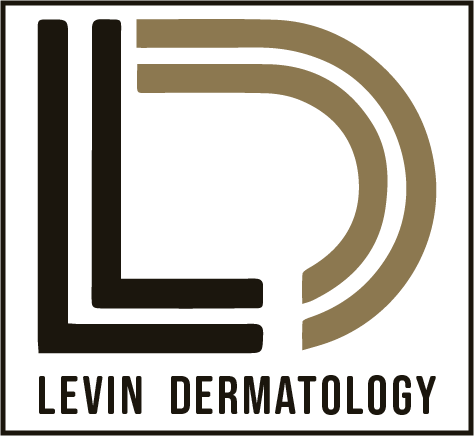FAQs
-
A board certified dermatologist:
Has completed medical school, a year-long internship, and three years of residency training in dermatology.
Has passed the rigorous board exams given by the American Board of Dermatology, the American Osteopathic Board of Dermatology, or the Royal College of Physicians and Surgeons of Canada.
Keeps up with medical advances by continuing to study and learn. Board-certified dermatologists are tested on what they learn and must either:
Pass the board exam every 10 years or
Participate in ongoing self-assessment, which is monitored by their certifying board
Dr. Cheryl Levin is a board-certified dermatologist who completed her training in 2009, and is licensed in both Massachusetts and California and is a Fellow of the American Academy of Dermatology (FAAD).
-
A history of excessive sun exposure (including sunburns) or indoor tanning.
Having more than 50 moles, large moles or atypical moles
A blood relative (parent, sibling, child, aunt, uncle, cousin) who has had melanoma
Sun-sensitive skin (i.e., tendency to sunburn easily, red or blond hair, or blue or green eyes)
A previous skin cancer diagnosis
A history of other cancers, such as breast or thyroid cancer
-
The best way to find skin cancer is to do self-examinations, ideally once per month. Getting in the habit of checking your skin will help you notice changes. It is important to know that people of all ages and skin types get skin cancer. If you notice a changing mole or mole that looks different from others, a dome-shaped growth, a scaly patch, a non-healing sore or a sore that heals and then returns or a brown or black streak under a nail, you should be evaluated. Dr. Levin welcomes the opportunity to accommodate you in her clinic for the assessment on any of these potentially concerning growths.
-
Dr. Levin recommends a broad-spectrum sunscreen, which protects the skin from both ultraviolet A (UVA) and ultraviolet B (UVB) rays, both of which can cause cancer. It should be at least SPF 30 or higher, and reapplied every 2 hours.
In addition, Dr Levin recommends protecting from the sun by seeking shade, dressing in lightweight and long-sleeved shirts, pants, wide-brimmed hat and sunglasses where possible, and applying sunscreen to all skin that clothing won’t cover.
-
Dr Levin will provide personalized guidance on the frequency of skin exams, based upon factors such as skin type, sun exposure history, and family background. Certainly, if you have a personal history of melanoma, you should be seen every year for a skin examination.

